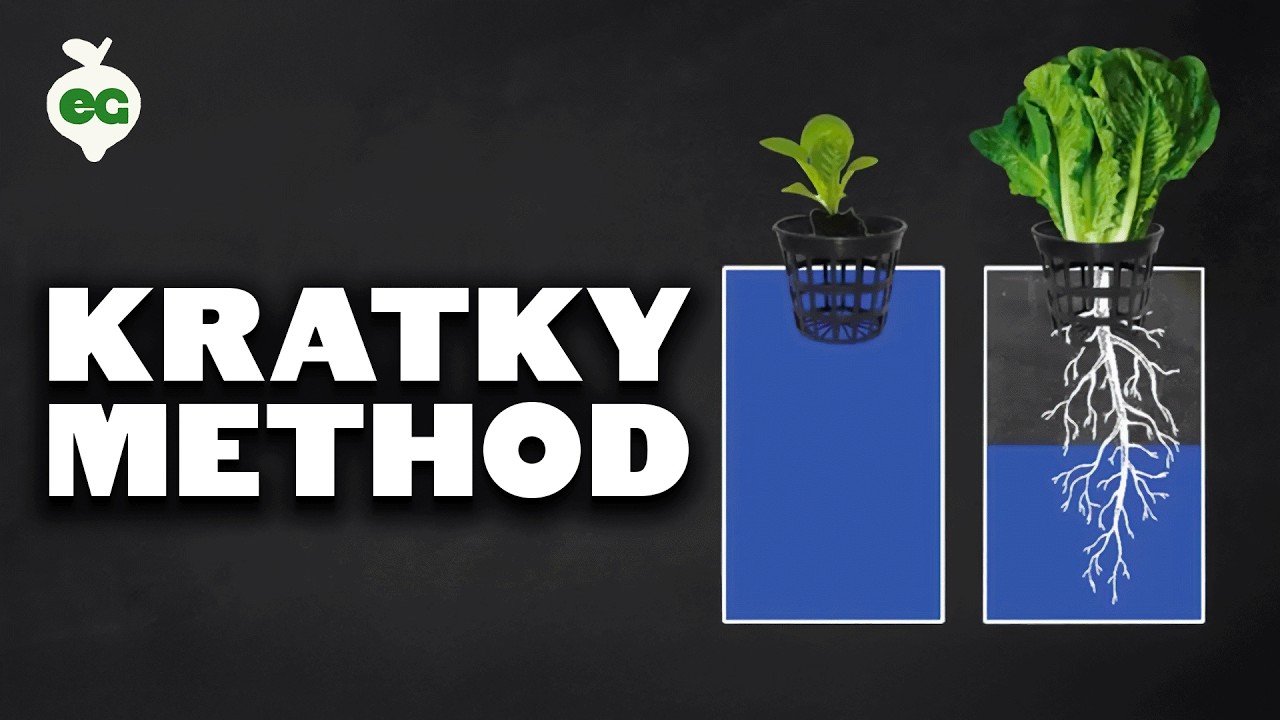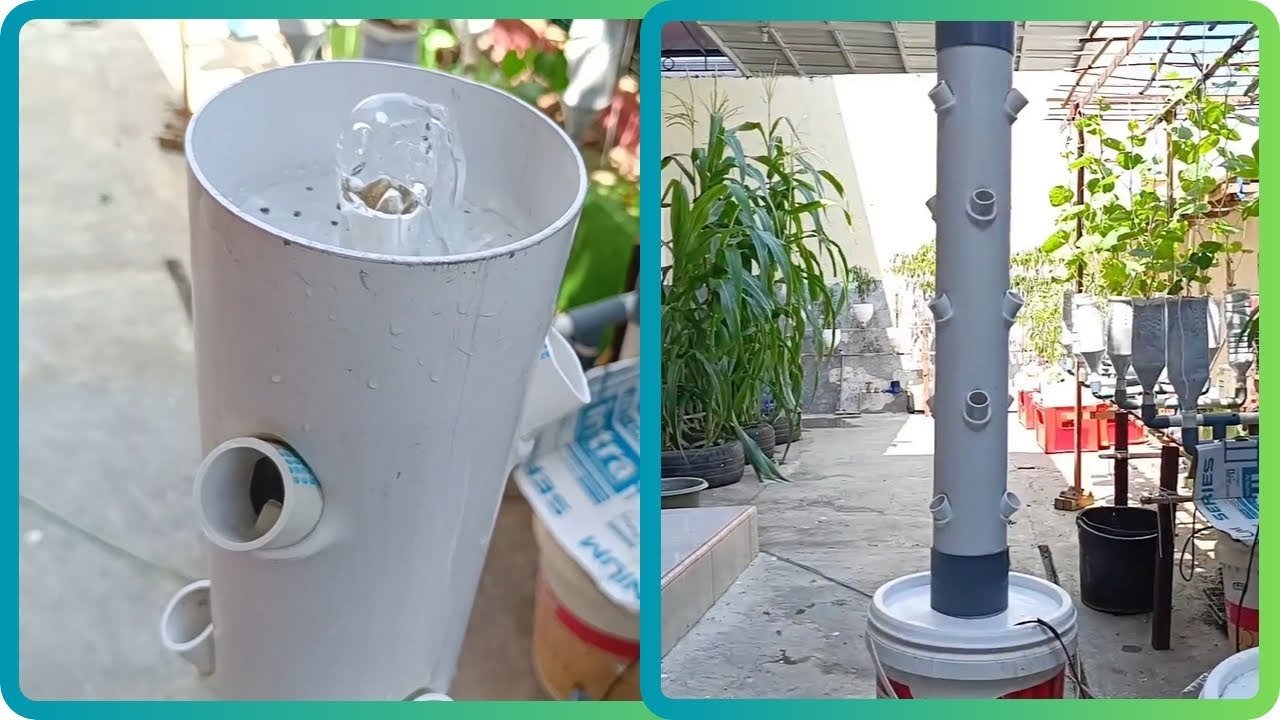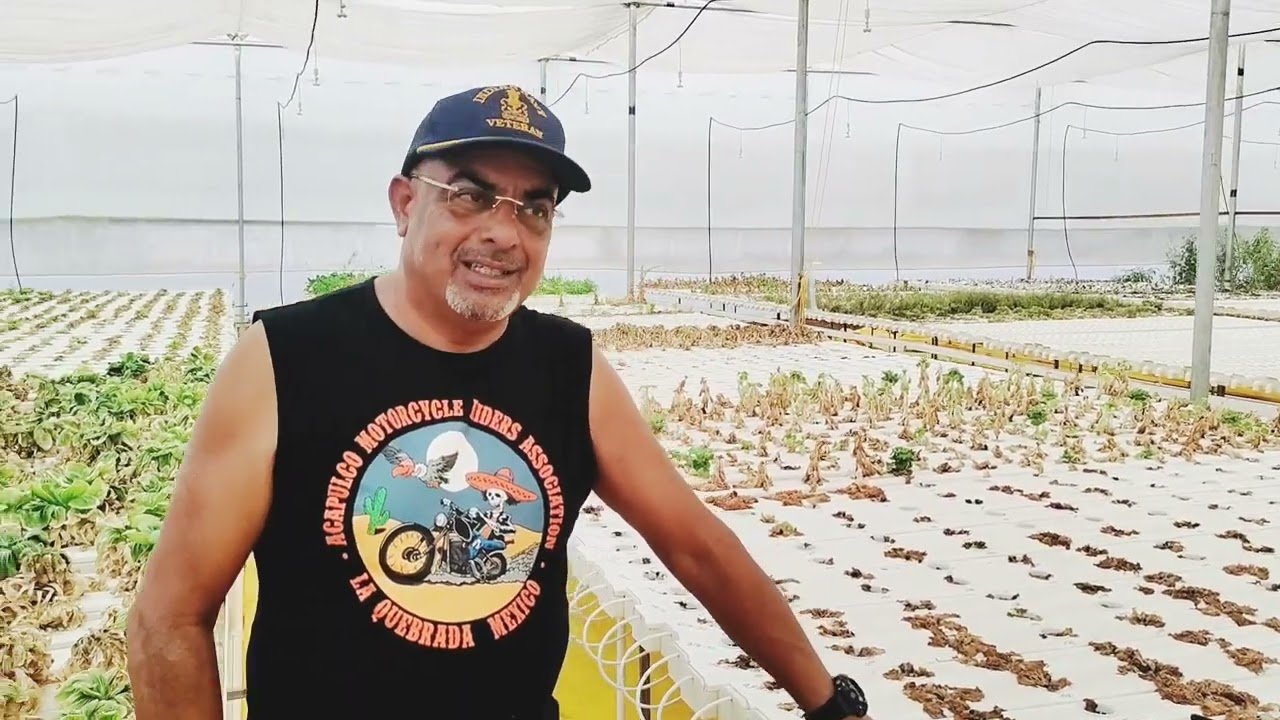A Hydroponic Journey: Pak Choi in My Backyard
Sitting in my kitchen, coffee steaming in front of me and the faint sound of the neighborhood waking up, I can’t help but chuckle at the chaos that was my attempt to build an aquaponics system last summer. What started as a wild idea over a couple of beers with my buddy Mark led to a journey filled with trial, error, and more than a few exclamations that would make my grandmother blush.
I’d always been fascinated with growing things, and the thought of combining fish and plants in a self-sustaining little ecosystem seemed like the perfect summer project. Maybe it was the lure of fresh pak choi salad or the quirky nature of the setup that drew me in. I pictured bright green leaves glistening amidst the moving water, but boy, did I have a steep learning curve ahead of me.
The Setup
I decided to repurpose an old kiddie pool I’d found in the shed—half filled with leaves, making it look like a sad little swamp. After a good scrub, I had the foundation. But getting a stable water system was key. I picked the cheapest option at the local farm supply store: a little electric pump meant for a fountain. It was about as basic as it gets, and in a moment of sheer optimism, I thought, “This is gonna work!”
After hauling that weighty pool into the backyard, I filled it with water from the hose, which smelled faintly of chlorine and sunshine. That blend of scents always takes me back to lazy summer days spent at the local pool, but I had a different goal in mind now.
Mark and I laughed about our ambition while assembling the PVC pipes for the plant beds. Honestly, it was like a bonding activity for a couple of thirty-somethings who still act like kids at heart. We fumbled with fittings and connectors, and I was convinced that I was becoming some sort of DIY guru. As it turns out, “Being Handy” was putting it mildly.
The Fish Factor
Now, here’s where my planning started to go a bit off the rails. Choosing the fish! I wanted something hardy, so I went with goldfish. A suggestion from the local pet store clerks—because obviously, I looked like I needed help. They assured me that they’d be able to handle the fluctuating water conditions and would even add a touch of color to my watery wonderland.
I bought three of the biggest goldfish I could find, thinking they’d be the little stars of the show. I even named them—Bubbles, Gill, and Splash. In hindsight, naming my fish was probably my first mistake. The more attached I got, the more I dreaded failure.
The first couple of days were blissful, watching my fish dart around as I slowly introduced lettuce seedlings and eventually hoped to add my pak choi. But, soon enough, the thrill faded, replaced by panic.
Trouble in Paradise
I don’t know what it is about projects like these, but the moment you start to think you’ve got it all figured out, the universe steps in to remind you that you don’t. I thought I’d nailed the cycle. The water kept moving, the fish were lively, and the seedlings looked promising. But out of nowhere, the water started turning green—like something out of a horror movie. I watched helplessly as algae took over my mini ocean.
After a few fruitless hours trying to clear it up, I found myself staring at my fish, holding back tears. Poor Bubbles looked miserable, and I couldn’t blame him. I jumped online—my key tool from the start—and started to franticly research what went wrong. As it turned out, a lack of proper filtration was the main culprit.
Turning It Around
A mini meltdown over spilled coffee later, it hit me like a ton of bricks—I needed an actual filtration system. So, armed with my pride and an empty wallet, I headed back to the store. You know, nothing humbles you like explaining to the cashier why you’re buying a larger pump and a filtration system meant for a slightly more serious fish tank.
When I got home, I swapped out the cheapo pump that barely circulated water for something that could handle heavy-duty work. I connected it, hoping this would save my little aquatic family. Bubbles swam a little perked up that evening, like he knew I was fighting for him.
Then came the part that made my heart race—introducing the seedlings again. When the pak choi finally emerged, it almost felt like raising children. I was giddy, bounding over to the setup when I spotted something green—a pair of vibrant leaves unfurling against the backdrop of my somewhat clearer water.
A Taste of Success
It was just like that moment when you take the first bite of something you’ve grown yourself: pure satisfaction mingled with disbelief. I’realized what a wild ride my backyard had become, filled with hope, setbacks, and, somehow, growth.
Even after everything—lost fish, algae flops, countless hours spent tinkering with things—all it took was a little determination and patience. Something about that pak choi growing among the slightly murky water felt like pure resilience.
Wrap-Up
If you’re thinking about trying your hand at hydroponics or aquaponics, just remember what I learned along the way: it’s messy, it’s unpredictable, and it’s definitely not perfect. But it’s so worth it. Don’t sweat the small stuff or fret about making mistakes because, truly, that’s where the best lessons come from.
So, grab your coffee, dive in, and embrace the chaos. You’ll emerge stronger, possibly with a bit of fish tank slime on your hands, but healthy, delicious pak choi on your dinner plate. If I could do it, so can you.
Want to explore this further? Join the next session and bring your ideas to life — Click here to reserve your seat!. You’ll be making your own backyard bounty in no time.







Leave a Reply